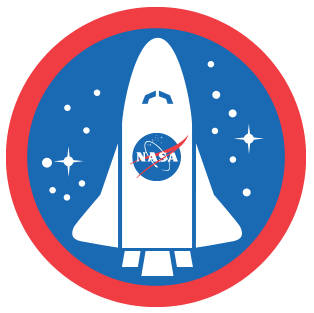One week ago, ESA astronaut Luca Parmitano and NASA astronaut Chris Cassidy glided outside the International Space Station (ISS) to do routine maintenance and prepare rigging cables for the arrival of a new Russian laboratory module. Shortly into the spacewalk, Parmitano reported excessive water floating free inside his spacesuit helmet and the spacewalk, which was scheduled to last for over six hours, was cut short.
Today, NASA announced that it has appointed a new board dedicated to investigate the incident. The board is chaired by Chris Hansen, the ISS chief engineer at NASA’s Johnson Space Center. The other members of the five-person board are astronaut Mike Foreman; Sudhakar Rajula, a human factors specialist at Johnson; Joe Pellicciotti, the chief engineer at NASA’s Engineering and Safety Center; and Richard Fullerton, NASA’s ISS safety and mission assurance lead.
According to NASA’s announcement, the board will “gather relevant information, analyze facts, conduct any necessary tests, identify the cause or causes of the anomaly and any contributing factors, and make recommendations to the NASA administrator to prevent similar incidents from occurring during future spacewalks.” The board will also examine past spacewalks, as well as maintenance and quality assurance procedures.
The board’s investigation will coincide with a NASA engineering analysis that will resolve any equipment malfunctions to enable spacewalks to resume. The engineering team is currently examining the spacesuit and life support equipment Parmitano used during the spacewalk.




